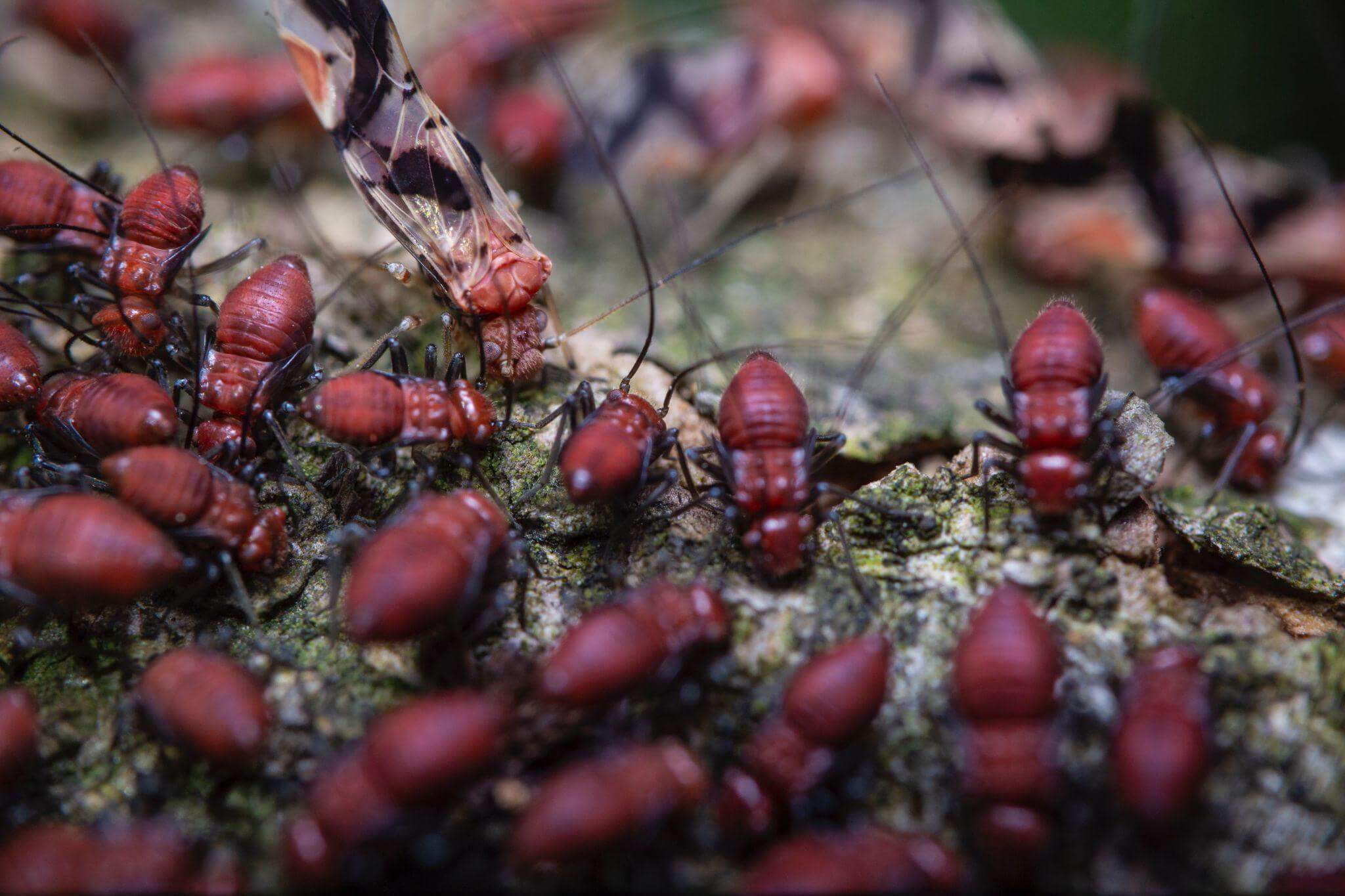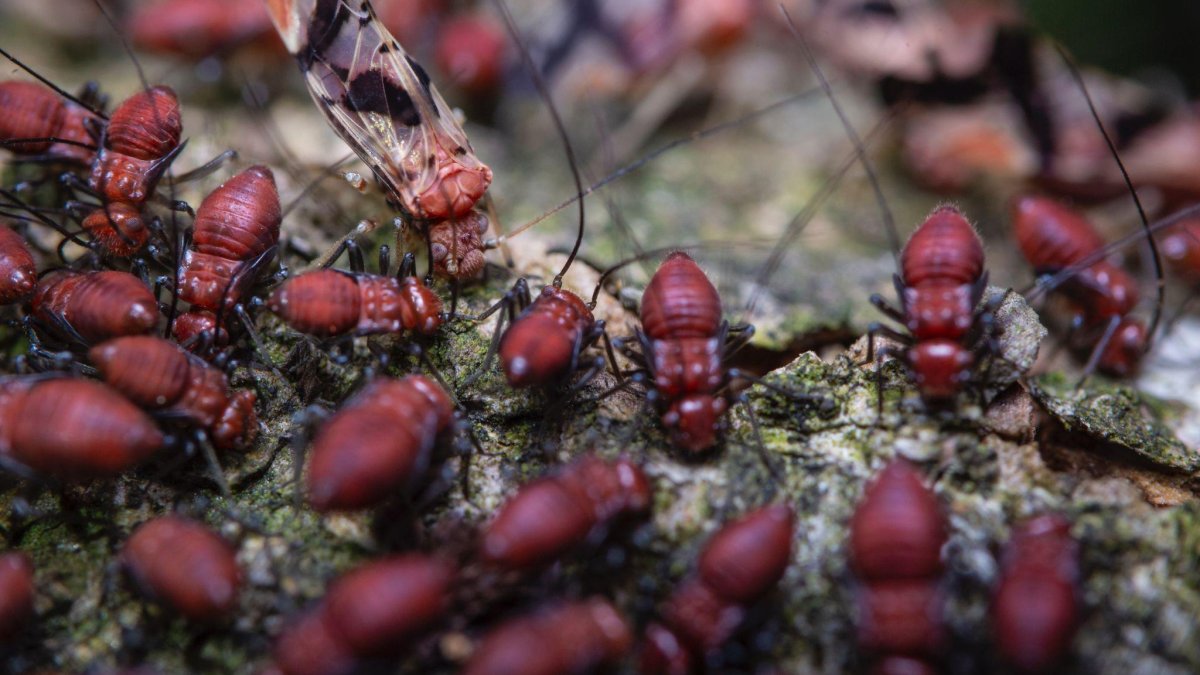
Termites are one of the most destructive pests in the world, causing billions of dollars worth of damages annually in the United States. Not only do termites eat through wood, but they can also consume drywall and weaken flooring and insulation materials while going undetected. Termites are highly destructive and can damage homes in as little as five years if left untreated, so it’s important to take action quickly if you think they’re around. Here are some common signs of a termite infestation so you can take action as soon as possible.
Mud Tubes
One of the most common and reliable signs of a termite infestation is the presence of mud tubes running along walls, across floors, and other surfaces. These tubes can range in size from small pencil-sized trails to larger 2 to 3 inch wide paths and often have a papery surface due to the dirt and saliva deposited on them by the termites.
If you notice any mud tubes appearing in or around your home, it’s best to contact a professional pest control service like Tanler termite immediately for assistance in dealing with the infestation.
Recurrent Short Circuits
Repeated short circuits can indicate termite infestation, as termites can chew through the insulation around wires. This chewing is particularly dangerous as it could lead to fire hazards; in fact, a significant portion of home fires in the United States are due to electrical malfunctions caused by pests.
To diagnose the issue properly, contact a pest control professional immediately to look for evidence of termite activity and inspect electrical wiring, outlets, and light sockets. A pest control technician should also identify any areas infested with termites and suggest ways to eradicate them quickly and effectively.
Floor or Ceiling Damage
Termites cause an incredible amount of damage to flooring and ceilings when they chew tunnels through them to feed on the cellulose in their wooden structure. Given enough time, they will eventually eat away at the entire support systems of both floors and ceilings, destroying them.
Signs like sagging floors, soft spots in the ceiling, or buckling hardwood floors strongly suggest termite infestation and that your home requires immediate termite control. This damage can lead to costly repairs, which is why regular preventative termite inspections are always advisable, as even a small unchecked colony can cause much larger infestations over time.
Cracked Paint or Wall Plaster
An important sign that you may have a termite infestation in your home is cracked paint or wall plaster. As termites feed on the cellulose found in wood, they can create pathways of destruction beneath your walls, weakening support and leading to cracks.
Swarms or Dropped Wings
Seeing swarms of termites or a trail can be a sign of infestation. Watch out for mud tubes, which look like small dirt tunnels leading from the ground to the walls or other building foundations. You should also look for suspiciously sounding hollow planks in your walls, flooring, and water-damaged wooden objects. The presence of discarded wings can also be an indication of an infestation. These thin, transparent wings are typically found near window sills or door frames and have a unique triangular shape.
Termite Droppings
If you’ve noticed small piles of sawdust or wood shavings around your house, it could signify that you have a termite infestation. These ‘termite droppings’ are the byproduct of the insects chewing through your wooden furnishings and structures.
Termite infestation can cause great damage to your home if it goes unnoticed and is not managed early on. Some signs of termite infestation include mud tubes, recurrent short circuits, damaged floor and wall, termite droppings and swarms of termites. If you suspect there may be termites in your home, seek professional help and actively prevent infestation through inspections and extermination.
Elizabeth Hartley
Related posts
Stay connected
Today's pick
- Things to Remember While Designing Your Custom Modular Kitchen in GurgaonGurgaon now known as Gurugram is the second largest city in the state of Haryana and is a reflectiossn of an ideal modern city with futuristic goals. Witnessing rapid urbanization, it has also emerged as a hub for contemporary homes, with homeowners seeking innovative and... The post Things to Remember While Designing Your Custom Modular […]

